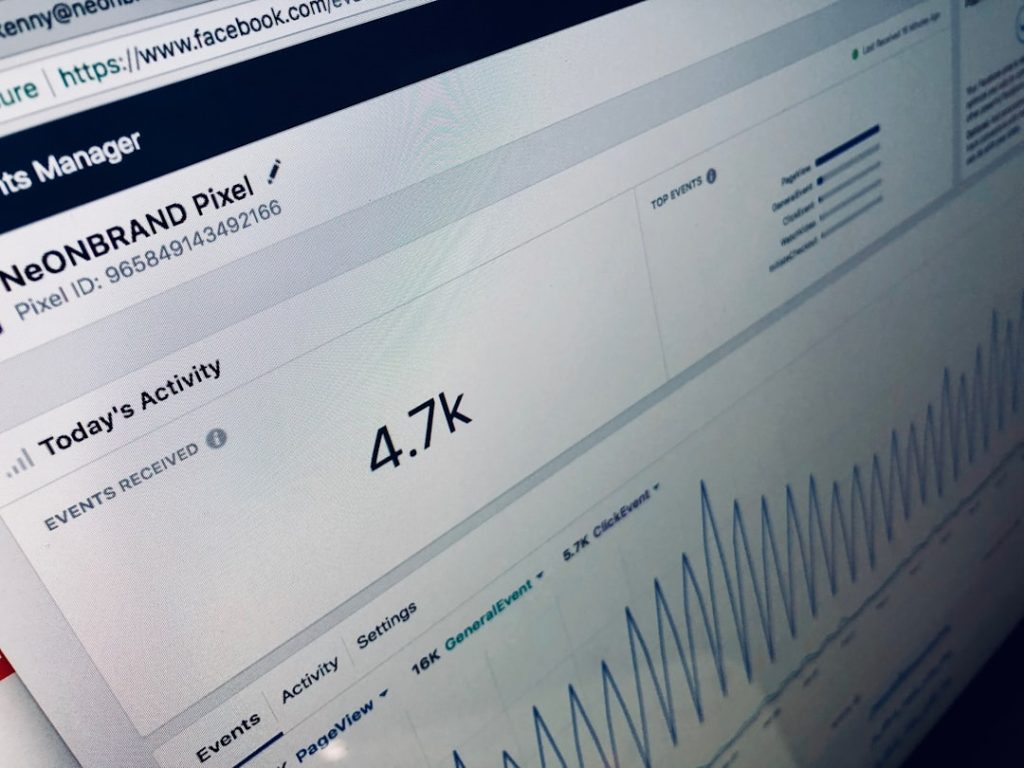In the realm of legal aid, where resources are often limited and the demand for services is ever-increasing, the significance of custom software cannot be overstated. Legal aid organizations serve a critical role in providing access to justice for underserved populations, and the efficiency of their operations can greatly influence their ability to meet the needs of their clients. Custom software solutions tailored specifically to the unique challenges faced by these organizations can streamline processes, enhance communication, and ultimately improve service delivery.
By automating routine tasks and centralizing information, legal aid organizations can allocate more time and resources to direct client services, thereby maximizing their impact. Moreover, custom software can facilitate better data management and reporting capabilities, which are essential for legal aid organizations to demonstrate their effectiveness and secure funding. With tailored solutions, these organizations can track case progress, manage client information securely, and generate reports that highlight their achievements and areas for improvement.
This data-driven approach not only aids in internal decision-making but also strengthens the organization’s case when seeking grants or donations. In a sector where every dollar counts, the ability to present compelling evidence of impact can make a significant difference in securing necessary resources.
Key Takeaways
- Custom software is crucial for legal aid organizations to streamline processes and improve efficiency in serving clients.
- Open-source tools offer cost-effective solutions and flexibility for custom software development in legal aid organizations.
- Low-code development allows for faster and more efficient custom software solutions tailored to the specific needs of legal aid organizations.
- Securing tech funding is essential for custom software projects in legal aid organizations, and it can be achieved through grants, partnerships, and fundraising efforts.
- Identifying the specific needs of legal aid organizations for custom software involves understanding their unique workflows, client interactions, and data management requirements.
- Finding the right partners for developing custom software for legal aid organizations requires thorough research, vetting, and collaboration with experienced and reputable software development firms.
The Benefits of Open-Source Tools for Custom Software Development
Open-source tools have emerged as a powerful resource for organizations looking to develop custom software solutions without incurring exorbitant costs. These tools provide a wealth of pre-existing code and frameworks that can be adapted to meet the specific needs of legal aid organizations. By leveraging open-source software, these organizations can significantly reduce development time and expenses while still achieving a high level of customization.
This is particularly beneficial for legal aid groups that may not have extensive budgets for technology but still require robust solutions to manage their operations effectively. Additionally, open-source tools foster collaboration and innovation within the development community. Legal aid organizations can tap into a global network of developers who contribute to these projects, ensuring that they benefit from the latest advancements in technology.
This collaborative environment not only enhances the quality of the software but also allows organizations to stay current with evolving best practices in legal technology. Furthermore, the transparency inherent in open-source software means that legal aid organizations can audit the code for security vulnerabilities, ensuring that sensitive client information remains protected.
Utilizing Low-Code Development for Custom Software Solutions

Low-code development platforms have revolutionized the way organizations approach software creation, particularly for those with limited technical expertise. These platforms allow users to build applications through visual interfaces and pre-built components, significantly lowering the barrier to entry for custom software development. For legal aid organizations, this means that staff members who may not have a background in programming can still contribute to the development process, ensuring that the final product aligns closely with their operational needs.
The agility offered by low-code development is another compelling advantage. Legal aid organizations often operate in dynamic environments where requirements can change rapidly due to shifts in legislation or client needs. Low-code platforms enable these organizations to iterate quickly on their software solutions, making it easier to adapt to new challenges as they arise.
This flexibility not only enhances operational efficiency but also empowers legal aid staff to take ownership of their technology solutions, fostering a culture of innovation within the organization.
Securing Tech Funding for Custom Software Projects
Securing funding for custom software projects is a critical step for legal aid organizations aiming to enhance their technological capabilities. Given the competitive landscape for grants and donations, it is essential for these organizations to articulate a clear vision of how custom software will improve their services and outcomes. Crafting compelling proposals that outline specific goals, anticipated impacts, and measurable outcomes can significantly increase the likelihood of obtaining funding.
Additionally, showcasing past successes and demonstrating a commitment to data-driven decision-making can further strengthen their case. Beyond traditional grant funding, legal aid organizations should also explore partnerships with technology companies and philanthropic foundations that focus on social justice initiatives. Many tech firms are increasingly interested in corporate social responsibility and may be willing to provide financial support or in-kind contributions for software development projects.
By building relationships with these entities, legal aid organizations can tap into additional resources that may not be available through conventional funding channels. Networking within the tech community can also lead to opportunities for mentorship and collaboration, further enhancing the organization’s capacity to implement effective technology solutions.
How to Identify the Specific Needs of Legal Aid Organizations for Custom Software
Identifying the specific needs of legal aid organizations is a crucial step in developing effective custom software solutions. This process begins with engaging stakeholders at all levels of the organization, including attorneys, administrative staff, and clients. Conducting interviews, surveys, and focus groups can provide valuable insights into the day-to-day challenges faced by staff and clients alike.
Understanding these pain points allows developers to create software that addresses real-world issues rather than relying on assumptions about what might be needed. Additionally, it is important to consider the broader context in which legal aid organizations operate. This includes understanding regulatory requirements, funding constraints, and the demographics of the populations they serve.
By taking a holistic approach to needs assessment, organizations can ensure that their custom software solutions are not only functional but also aligned with their mission and values. This comprehensive understanding will ultimately lead to more effective technology implementations that enhance service delivery and improve client outcomes.
Finding the Right Partners for Developing Custom Software for Legal Aid Organizations

The success of custom software development projects hinges significantly on finding the right partners who understand both technology and the unique challenges faced by legal aid organizations. When seeking development partners, it is essential to look for firms or individuals with experience in creating solutions specifically tailored for non-profit or legal sectors. These partners should demonstrate a commitment to social justice and an understanding of the operational realities that legal aid organizations encounter daily.
Moreover, establishing a collaborative relationship with development partners is vital for ensuring that the final product meets the organization’s needs. This collaboration should involve regular communication and feedback loops throughout the development process. By fostering an environment where stakeholders feel comfortable sharing their insights and concerns, legal aid organizations can help ensure that the resulting software is user-friendly and effective in addressing their specific challenges.
Ultimately, choosing the right partners can make all the difference in creating custom software solutions that empower legal aid organizations to fulfill their mission more effectively.
Legal aid organizations play a crucial role in providing access to justice for those who cannot afford legal representation. In order to effectively serve their clients, these organizations need custom software tailored to their specific needs. One article that delves deeper into this topic is “The Benefits of Legal Case Management Software for Legal Aid Organizations” available at https://myliticare.com/sample-page/. This article highlights how implementing custom software can streamline processes, improve efficiency, and ultimately enhance the quality of services provided by legal aid organizations. By investing in the right technology solutions, these organizations can better meet the needs of their clients and make a greater impact in the community.













